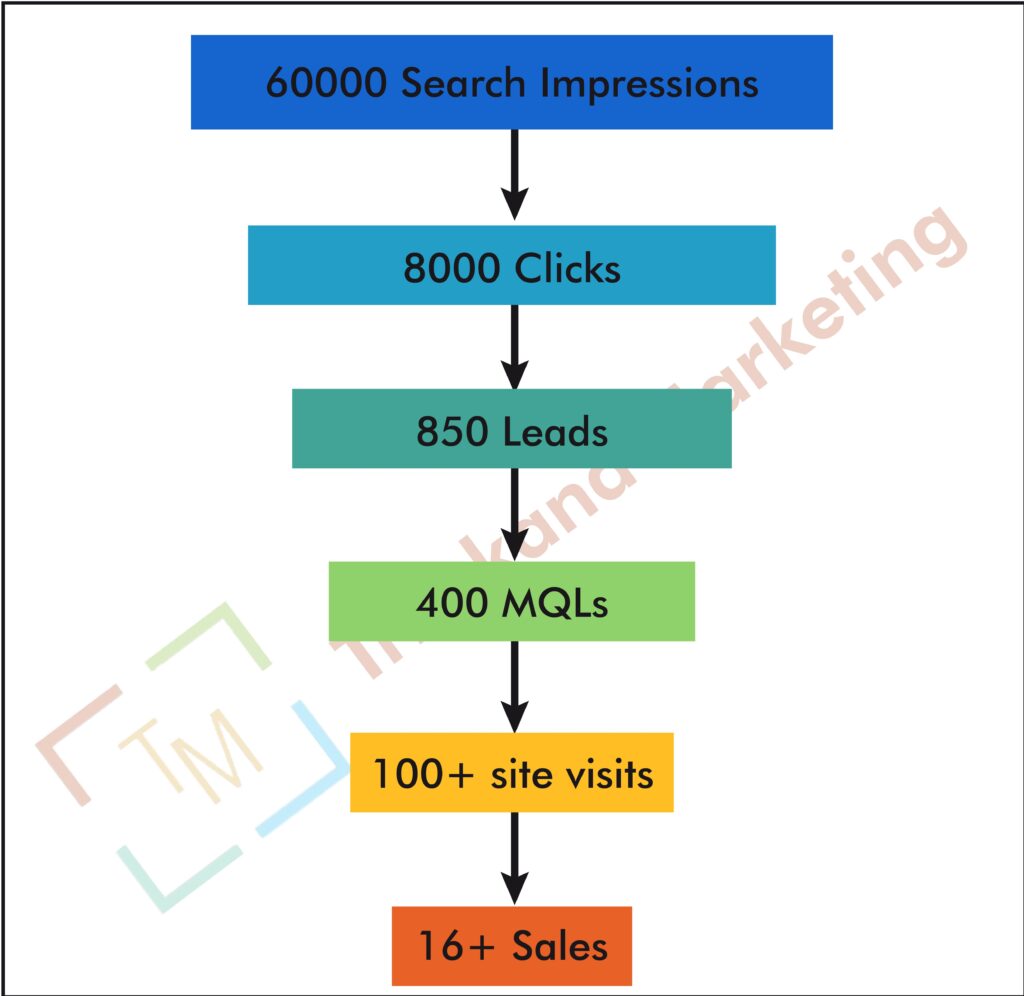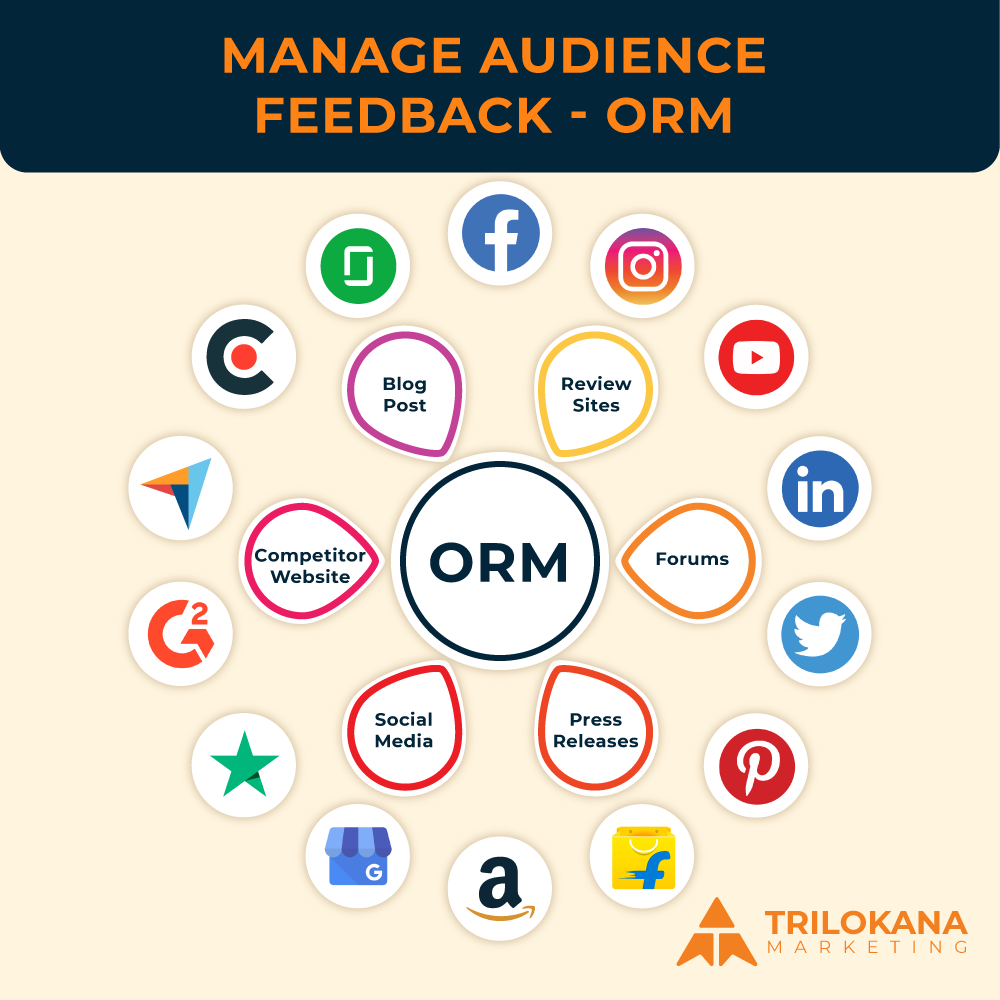Account-Based Marketing (ABM) has emerged as a game-changing strategy for B2B companies aiming to engage high-value clients effectively. By focusing on specific accounts rather than a broad audience, ABM enables businesses to tailor their marketing efforts for greater impact. This guide outlines the essential steps to implement a successful ABM strategy, helping you build meaningful relationships with your target accounts and drive revenue growth.
Table of Contents
- Understanding ABM
- Step 1: Define Your Ideal Customer Profile (ICP)
- Step 2: Select Target Accounts
- Step 3: Align Sales and Marketing Teams
- Step 4: Develop Personalized Campaigns
- Step 5: Execute Multi-Channel Marketing
- Step 6: Measure and Optimize Performance
- Best Practices for ABM Success
- Conclusion
Understanding ABM
ABM is a strategic approach that treats individual accounts as markets in their own right. It focuses on identifying key accounts that have the highest potential for revenue and customizing marketing efforts to meet their specific needs. By doing so, ABM increases the relevance of marketing messages, fosters better relationships, and ultimately drives more sales.
Step 1: Define Your Ideal Customer Profile (ICP)
The first step in implementing an ABM strategy is to define your Ideal Customer Profile (ICP). This profile outlines the characteristics of the clients who are most likely to benefit from your offerings and become valuable long-term customers.
How to Define Your ICP:
- Demographics: Consider factors such as company size, industry, location, and revenue.
- Firmographics: Analyze organizational structure, decision-making processes, and buying patterns.
- Pain Points: Identify the specific challenges your target customers face that your product or service can solve.
- Customer Journey: Understand the typical journey your ideal customers take from awareness to purchase.
Benefits of a Well-Defined ICP
- Targeted Marketing: Focus your marketing efforts on accounts that are more likely to convert.
- Efficient Resource Allocation: Maximize your resources by concentrating on high-value accounts.
- Better Customer Understanding: Gain insights into customer needs, allowing for more personalized engagements.
Step 2: Select Target Accounts
Once you’ve defined your ICP, the next step is to select specific target accounts that fit this profile. This step is crucial for ensuring that your marketing efforts are concentrated on the most promising opportunities.
Criteria for Selecting Target Accounts:
- Revenue Potential: Evaluate the potential value of each account based on their revenue size and growth prospects.
- Strategic Fit: Consider how well each account aligns with your business goals and values.
- Existing Relationships: Identify accounts where you already have a presence or previous engagements.
- Market Trends: Analyze industry trends to identify accounts that are positioned for growth.
Creating an Account List
- Use tools like LinkedIn Sales Navigator, CRM systems, and market research platforms to build a comprehensive list of target accounts.
- Rank accounts based on their potential value and strategic importance.
Step 3: Align Sales and Marketing Teams
Successful ABM requires close collaboration between sales and marketing teams. Alignment ensures that both teams are working towards the same goals and messaging strategies.
Steps to Achieve Alignment:
- Joint Planning Sessions: Conduct regular meetings to discuss target accounts, share insights, and plan campaigns.
- Shared Metrics: Establish common KPIs that both teams can use to measure success (e.g., engagement levels, conversion rates).
- Communication Tools: Use platforms like Slack or Microsoft Teams to facilitate ongoing communication between teams.
Benefits of Alignment
- Consistency in Messaging: Ensure that both teams communicate a unified message to target accounts.
- Improved Conversion Rates: A collaborative approach leads to better nurturing of leads, increasing the likelihood of conversion.
- Enhanced Customer Experience: Provide a seamless experience for target accounts through coordinated efforts.
Step 4: Develop Personalized Campaigns
With target accounts selected and teams aligned, the next step is to create personalized marketing campaigns that address the specific needs and preferences of your accounts.
Elements of Personalization:
- Tailored Content: Create content that speaks directly to the challenges and goals of each target account (e.g., case studies, whitepapers).
- Customized Messaging: Use the insights gained from your ICP and account research to craft personalized messages that resonate with key stakeholders.
- Account-Specific Offers: Develop offers or solutions that are unique to each account’s needs.
Tools for Personalization
- Marketing automation platforms (e.g., HubSpot, Marketo) can help segment your audience and deliver personalized content.
- Use CRM data to track interactions and preferences, enabling continuous personalization.
Step 5: Execute Multi-Channel Marketing
An effective ABM strategy utilizes multiple marketing channels to reach and engage target accounts. This multi-channel approach ensures that your messaging is seen and heard across various touchpoints.
Key Channels for ABM:
- Email Marketing: Send personalized emails to key decision-makers within target accounts, providing valuable content and insights.
- Social Media: Engage target accounts on platforms like LinkedIn, where B2B interactions are prevalent. Share relevant content and join discussions.
- Webinars and Events: Host industry-related webinars or events specifically tailored for your target accounts, providing valuable insights and networking opportunities.
- Direct Mail: Consider sending physical gifts or personalized notes to decision-makers as a memorable way to stand out.
Benefits of Multi-Channel Marketing
- Increased Visibility: Reaching accounts through multiple channels increases the chances of engagement and recall.
- Holistic Engagement: Different channels allow you to engage accounts in various ways, catering to their preferences and behaviors.
Step 6: Measure and Optimize Performance
Measuring the effectiveness of your ABM strategy is crucial for long-term success. By analyzing performance data, you can identify what works, what doesn’t, and how to improve your approach.
Key Metrics to Track:
- Engagement Rates: Monitor interactions such as email open rates, click-through rates, and social media engagement.
- Pipeline Growth: Assess the number of opportunities created and deals closed as a result of your ABM efforts.
- Account Penetration: Measure the number of stakeholders engaged within each target account.
- ROI: Calculate the return on investment for your ABM campaigns by comparing the revenue generated to the costs incurred.
Continuous Improvement
- Use A/B testing to experiment with different messaging, content, and channels, refining your approach based on data-driven insights.
- Regularly review and adjust your target account list based on performance and evolving market conditions.
Best Practices for ABM Success
To maximize the effectiveness of your ABM strategy, consider these best practices:
- Invest in Technology: Utilize CRM and marketing automation tools to streamline processes and enhance targeting.
- Foster Cross-Department Collaboration: Ensure that sales, marketing, and customer service teams work together to deliver a cohesive experience.
- Focus on Quality Relationships: Prioritize building genuine relationships with key stakeholders, understanding their needs and concerns.
- Stay Informed About Industry Trends: Keep abreast of changes in your industry to adapt your ABM strategies accordingly.
- Nurture Relationships Continuously: Engage with target accounts even after closing a sale to foster loyalty and drive upsell opportunities.
Conclusion
Implementing a successful Account-Based Marketing strategy requires a strategic, focused approach that emphasizes personalization, collaboration, and measurement. By following these essential steps, businesses can effectively engage high-value clients, strengthen relationships, and drive revenue growth.
ABM is not just a marketing tactic; it’s a comprehensive approach to building meaningful connections with key accounts. As the B2B landscape continues to evolve, adopting an ABM strategy can position your business for long-term success in an increasingly competitive market.



